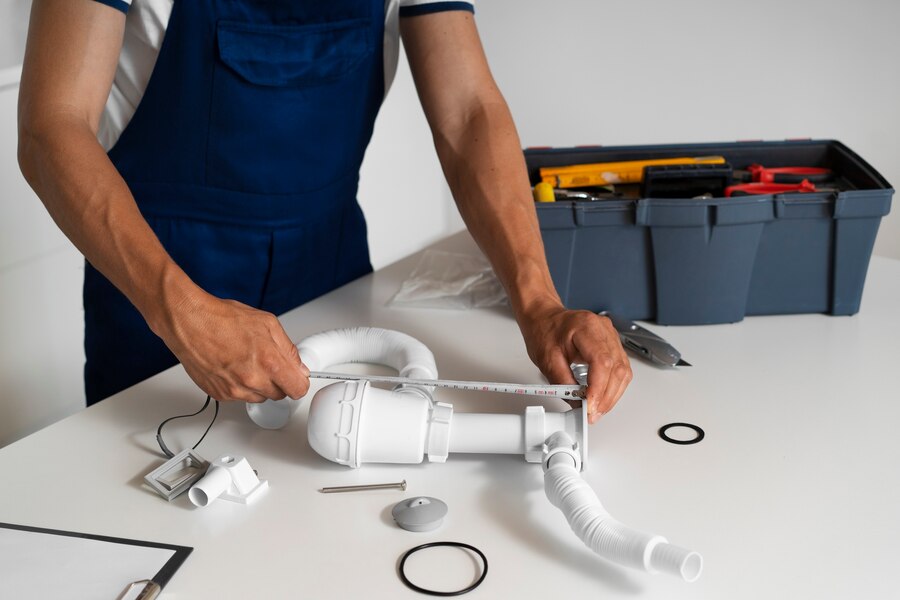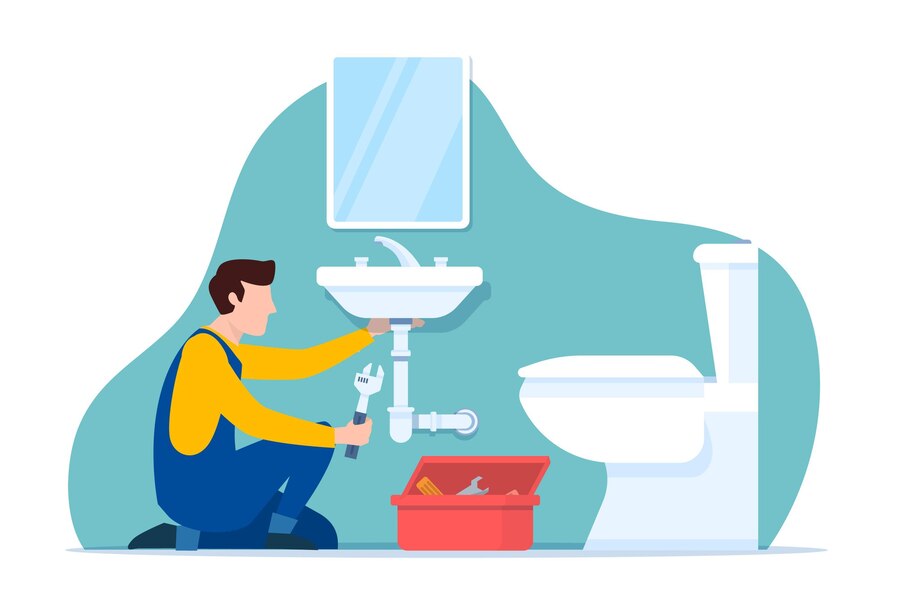Whirlpool Water Filter How To Replace

In the dynamic world of marketing professionals, attention to detail and an understanding of consumer needs are paramount. These attributes not only foster brand loyalty but also elevate user satisfaction. When it comes to home appliances, like refrigerators, ensuring the functionality and quality of accessory components such as water filters is essential. Here, we provide a focused guide on how to replace a Whirlpool water filter—demonstrating an understanding of product care that resonates with marketing professionals seeking to enhance their consumer engagement strategies.
Understanding the Importance:
- Before we leap into the replacement process, it’s vital to comprehend the significance of maintaining a clean and functional water filter in your Whirlpool refrigerator. For marketing professionals, this is a crucial touch point in customer experience—ensuring consumers have access to fresh, clean water directly reflects on their perception of the brand’s commitment to health and wellness. A fresh filter means tastier, purer water and ice, showcasing the appliance’s ongoing value post-purchase.
Read More: Wooden On Leadership How To Create a Winning Organization
Identifying When to Replace:
- Whirlpool recommends replacing the water filter every six months to ensure optimal performance and water quality. However, this frequency can vary based on usage and water conditions. A decrease in water flow, changes in taste, or an illuminated indicator light are tell-tale signs it’s time for a replacement. Timing your marketing communications around these maintenance milestones can reinforce brand reliability and caring customer service.
Step-by-Step Replacement Guide:
Step 1: Locating Your Filter:
- The first step in replacing the filter is identifying its location, which varies depending on your Whirlpool refrigerator model. Common placements include the upper right-hand corner inside the refrigerator, within the base grille, or the top left-hand corner of the interior.
Step 2: Removing the Old Filter:
For filters located inside the fridge:
· Open the filter compartment door.
· Turn the filter a quarter turn left (counter-clockwise) or push the ejection button, depending on the model.
· Pull the filter straight out.
For filters located in the base grille:
· Open the cover by pushing in and pulling down.
· Rotate the filter counterclockwise until it releases.
· Pull the filter straight out.
Step 3: Inserting the New Filter:
· Remove the protective coverings from the O-rings of your new Whirlpool water filter.
· For interior filters, with the arrow pointing upward, push the new filter into the compartment. Rotate it a quarter turn right (clockwise) until it snaps into place.
· For base grille filters, insert the new filter into the grille. Rotate it clockwise until it snaps into place.
· Close the compartment door or base cover.
Read More: Words Kindergarteners Should Know How To Spell
Step 4: Flushing the System:
· Dispense water for about 4 minutes or 4 gallons to flush out the system. This process removes any carbon residue or air pockets from the new filter.
Step 5: Resetting the Indicator Light (If Applicable):
· Press and hold the water filter reset button for 3 seconds or follow the refrigerator’s manual instructions to reset.
Leveraging Whirlpool Water Filter How To Replace:
- For marketing professionals, educating consumers on the importance of regular maintenance, like filter replacement, enhances the user experience while reinforcing the value proposition of health and convenience. Consider integrating this how-to guide into your content marketing strategy—be it through blog posts, email newsletters, or instructional videos. Utilizing this content to simplify seemingly mundane tasks can significantly impact customer perception and brand loyalty.
By disseminating practical, brand-relevant information, marketing professionals not only address a direct need but also deepen consumer engagement by showcasing a commitment to their well-being beyond the point of sale.
